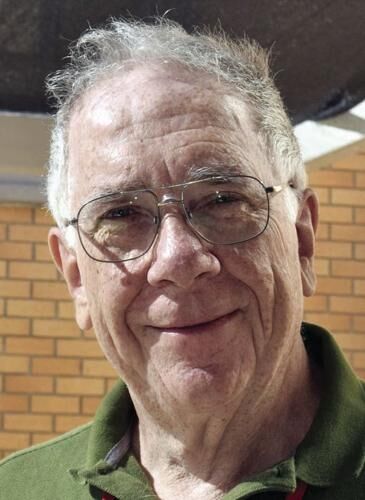Canadian radio astronomy started directly after the Second World War. Arthur Covington, a scientist with the National Research Council, had been working on radar development during the war, and when peace came, he and his colleagues made Canadasa¿º¥òǨû§ first radio telescope out of spare radar bits and pieces. The radio telescope had a small antenna and the only radio source our pioneers could detect was the Sun. However, the instrument could do no more than register an increase in the signal power being received when the antenna was pointed at the Sun. It was just measuring the total amount of radio power coming from a patch of sky ten or more times the diameter of the Sun.
There was no way the instrument would be capable of making a usable solar image.
This was a problem. Optical astronomers had long established that most solar activity is concentrated in areas known appropriately as active regions, which contain sunspots and the other structures associated with solar activity. The pioneer radio astronomers were sure there was a contribution to the radio emission by the solar disc as a whole, but it was likely higher levels of radio emission were coming from the active regions. It was important to know this, but the radio telescope was incapable of answering the question, or was it?
On 23 November, 1946 a rare opportunity offered itself. There was a solar eclipse that would be visible in eastern Canada. Covington and his colleagues could use the eclipse to see where the radio emissions were coming from.
The concept was simple; to track the Sun with the radio telescope, and to measure the changes in the strength of the received signal as the Sun was obscured by the Moon. As the Moon covered more and more of the disc, the signal level would fall, and as the Moon moved on, the signal would rise again until it was back at the original level.
However, if there were a source of enhanced radio emission on the solar disc, there would be a sharp drop as the Moon covered it up. If the optical telescopes showed an active region or group of sunspots being covered up at the same time, then one could conclude those enhanced radio emissions were coming from the active region.
This conclusion would be reinforced if the signal level rose again when the active region was uncovered. In this way Covington and his colleagues showed that solar active regions were sources of radio emission. Since solar active regions are a feature of solar magnetic activity, these radio measurements provided an objective, weather-independent stethoscope on the Sun.
This led to a solar monitoring programme that continues to the present day.
In 2018 we were in the process of ãshaking downã a new solar radio telescope, the ãNext Generation Solar Flux Monitorã, at our observatory. This instrument was intended for monitoring solar activity as the driver for space weather, and is a joint project of the National Research Council, Natural Resources Canada and the Canadian Space Agency. It just so happened that on 21 August, our observatory was close enough to the path of the eclipse for the Sun to be partially covered by the Moon. So we decided that repeating what Covington and his team did back in 1946 would be a good test of our new instrument.
Of course it was much easier for us, because we just sat and monitored the eclipse while computers took charge of the radio telescope. Watching the strength of the radio emission dropping as the Moon covered the Sun, and the steep drops as active regions were covered was exciting, and gave us a hint of how Covington and his colleagues must have felt back in 1946.
Venus now lies very low in the east before dawn. After dark Jupiter shines yellowish-white high in the west and red Mars is high in the south. The Moon will be Full on the 12th.
Ken Tapping is an astronomer with the National Research Councilsa¿º¥òǨû§ Dominion Radio Astrophysical Observatory



